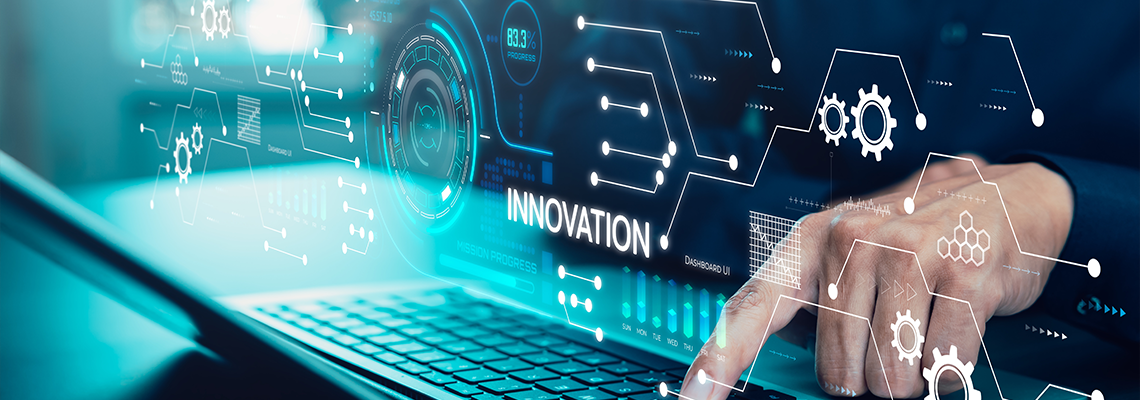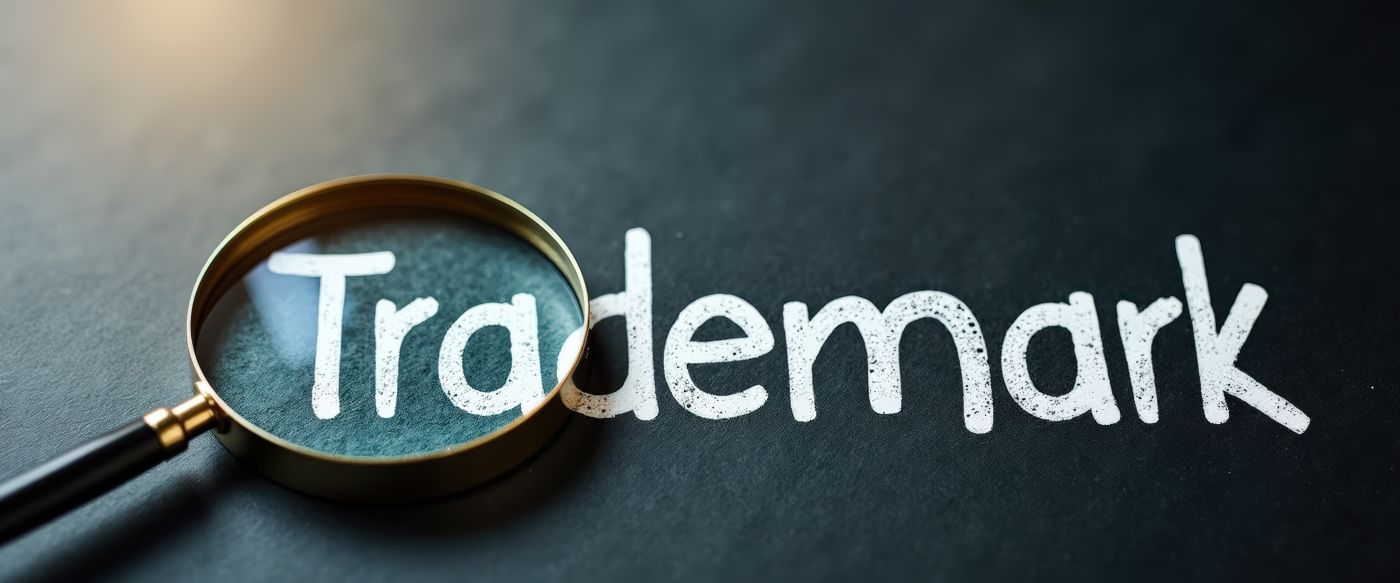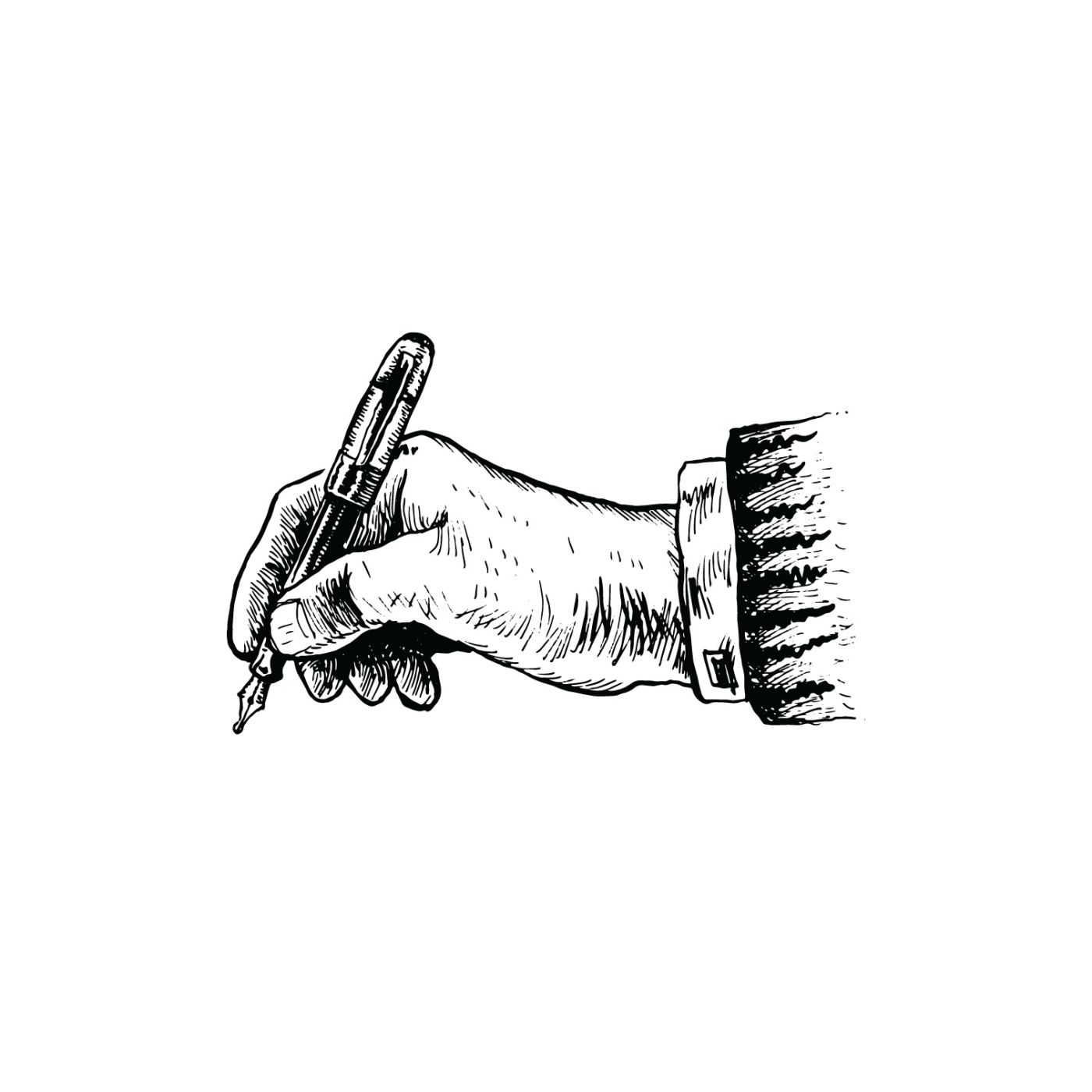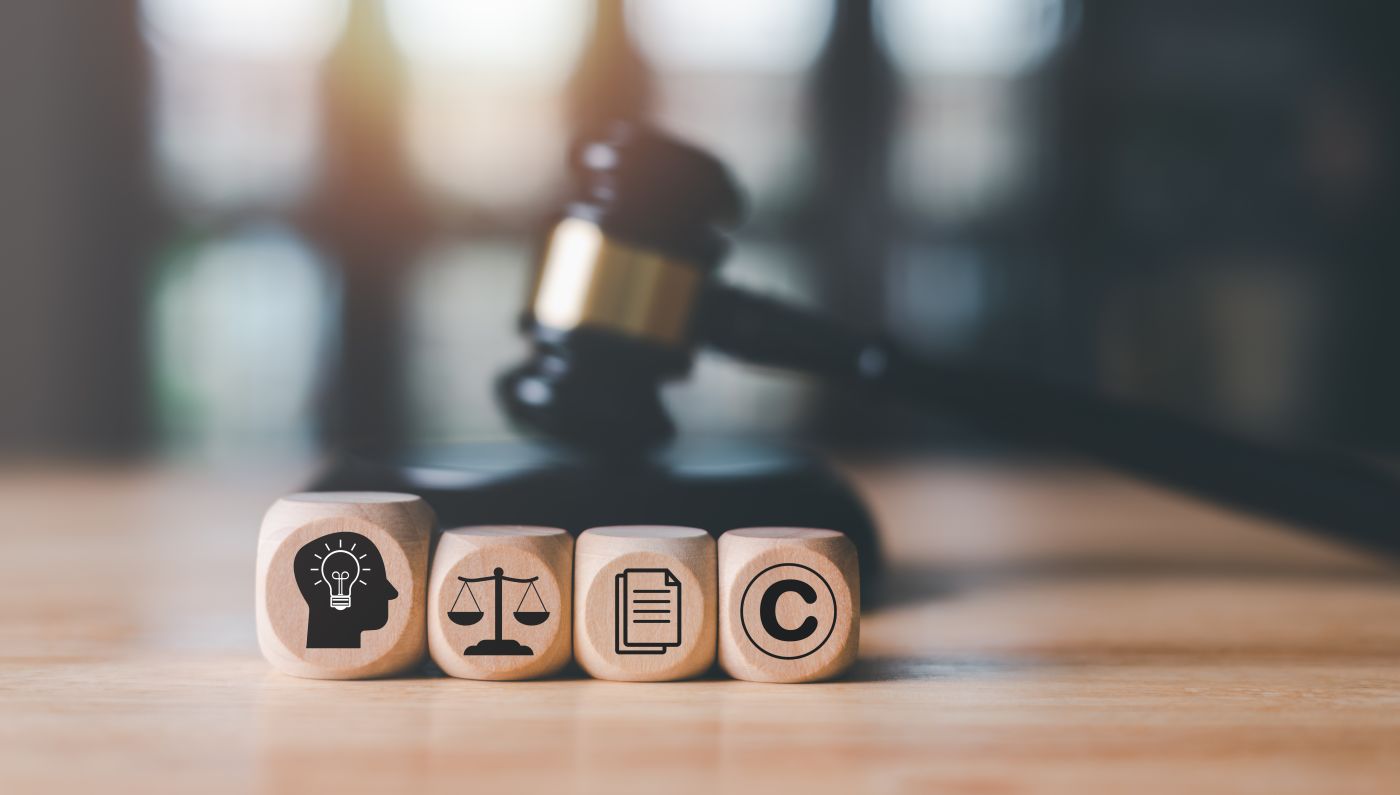
As medical technology advances rapidly, software has become a cornerstone of modern medical devices, making the protection of these digital innovations more critical than ever. However, the process of obtaining a patent, especially for software-integrated devices, can seem confusing. That is why seeking guidance from a knowledgeable patent attorney is a wise move.
At Barsik Law Offices, we are experienced in helping our clients protect their intellectual property. For over 14 years, we’ve helped creators, innovators, and businesses to protect and maximize the value of their intellectual assets. Our firm serves clients throughout Pennsylvania and New Jersey, helping you explore key strategies you can use medical device patents to protect your software innovations.
Understanding Software in Medical Devices
Software is no longer just a background utility in medical technology; it has become a vital component. It now powers a wide range of functions, including diagnostic imaging, robotic surgery, patient monitoring systems, and therapeutic delivery devices. This software can analyze patient data to predict health outcomes, guide a surgeon’s hand with high precision, or manage the dosage of medication administered by a smart pump.
Since software plays such a direct role in patient care and diagnostics, it is often the most valuable part of a new medical device. A competitor might be able to replicate the physical hardware of a device, but the proprietary algorithms and code that make it function effectively are much more complicated to duplicate.
This makes the software a prime target for imitation. Protecting this intellectual property is fundamental to maintaining a competitive edge and realizing the full commercial potential of your invention.
Why a Standard Patent May Not Be Enough
When you invent a new medical device, you may think a single patent covering the physical apparatus is sufficient. However, when software is a key part of the invention, this approach can leave your most valuable asset exposed. A utility patent on the hardware protects the physical structure and mechanics of the device. But what about the software that controls it?
If your patent only describes the hardware, another company could potentially design a similar device, write their own software to replicate its functionality, and enter the market without infringing on your patent. The unique processes, algorithms, and data-handling methods within your software need their own layer of protection. This is accomplished by carefully describing the software's role and function within the patent application itself, treating it as an essential component of the invention.
Strategies for Protecting Software Innovations
To properly protect a software-driven medical device, it's important to think beyond the physical components and focus on what makes the technology unique. Some key strategies you can employ to establish a strong intellectual property foundation include the following.
Detailing the User Interface (UI) and User Experience (UX)
The way a clinician or patient interacts with a device is often a source of innovation. A well-designed user interface can make a device easier to use, reduce the chance of human error, and improve patient outcomes.
At Barsik Law Offices, we can help you protect these aspects by describing the specific steps a user takes to operate the software, the layout of the screens, and the overall workflow. By claiming these interactive elements, we create another barrier to entry for competitors who may attempt to replicate the "look and feel" of your product.
Focusing on the "How" for Algorithms and Data Processing
The core of many software innovations lies in the algorithms. How does the software process data? What unique calculations does it perform? How does it turn raw sensor input into meaningful clinical information? Our attorneys are skilled at working with inventors to articulate these processes in detail.
For example, if your device uses a special algorithm to detect anomalies in an EKG reading, you could describe the mathematical steps involved. By patenting the method of data processing, you can protect the "brains" of the operation. This approach prevents others from using a similar computational method, even if they use it in a slightly different piece of hardware.
Claiming the System as a Whole
A strong patent application will often include claims that cover the entire system, i.e., the hardware and software working together. These system claims describe how the software interacts with the physical components to produce a specific result.
For instance, a claim might cover a patient monitor (hardware) that utilizes a specific software algorithm to analyze vital signs and generate an alert when certain conditions are met. This holistic approach protects the synergistic relationship between the software and the hardware, making it much harder for a competitor to design around your patent.
The Importance of Thorough Documentation
From the moment you have an idea, documentation is your best friend. Keeping detailed records of your invention process is a vital part of preparing a successful patent application. This includes lab notebooks, code repositories with version history, diagrams, and dated descriptions of how your software and device have evolved.
This documentation serves as evidence of your invention's timeline and originality. Should another party challenge your patent or claim they invented it first, your records will be invaluable. At Barsik Law Offices, we strive to guide our clients through what to document and how to maintain these records properly, so you have a solid foundation to build upon when you draft a patent application.
State-Level Considerations in Pennsylvania and New Jersey
While patent law is a federal matter, understanding the legal environment in Pennsylvania and New Jersey is particularly helpful for local innovators. Both states are major hubs for the life sciences and technology industries, with robust court systems that are well-equipped to handle intellectual property disputes.
The U.S. District Courts in these states, such as the Eastern District of Pennsylvania (covering Philadelphia and Allentown) and the District of New Jersey (with courthouses in Newark and Trenton), are common venues for patent litigation.
Businesses in these states can benefit from local resources and a deep talent pool in both medical technology and software development. However, this concentration of innovation also means more competition. Securing strong patent protection from the start is a key defensive measure.
If a dispute arises, a local law firm like ours that understands the tendencies of the regional courts and the competitive environment can provide a distinct advantage during litigation or settlement discussions. Engaging with a firm that serves these specific areas means you are working with someone familiar with the business and legal communities in your backyard.
Patent Attorney Serving Pennsylvania and New Jersey
At Barsik Law Offices, we are committed to building relationships with our clients based on clear and direct communication. Our primary goal is to secure the best results for you. With our knowledge and background in patent law, we'll be able to work with you to understand the specifics of your invention and create customized strategies to protect your hard work.
Our firm provides legal representation across Pennsylvania, including Allentown, Philadelphia, and Stroudsburg, as well as throughout New Jersey, with offices in Morristown, Newark, Summit, Bedminster, Roxbury Township, Dover, and Denville. Contact us today to schedule a confidential consultation.


